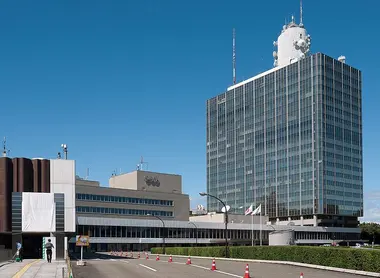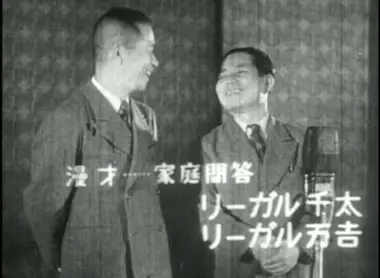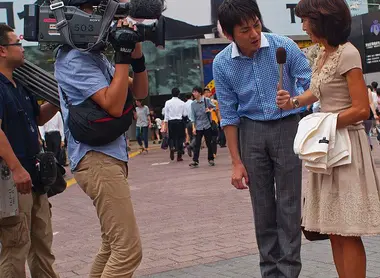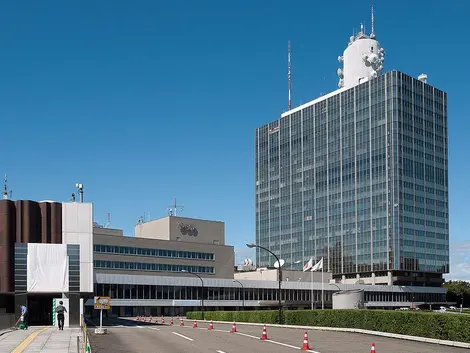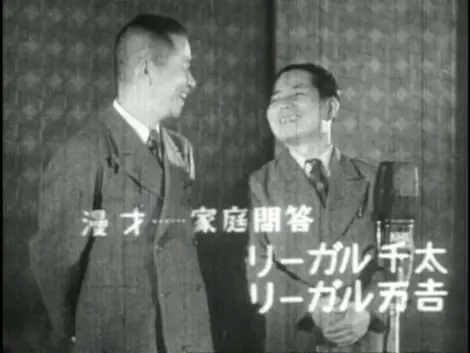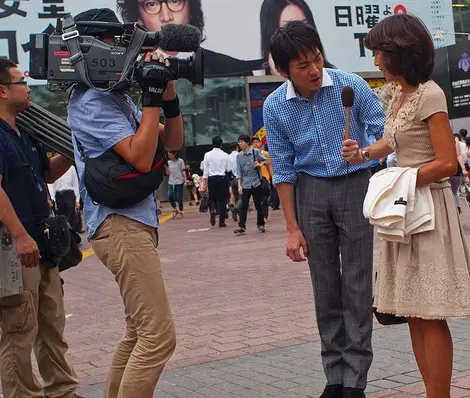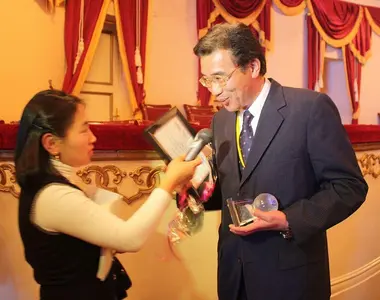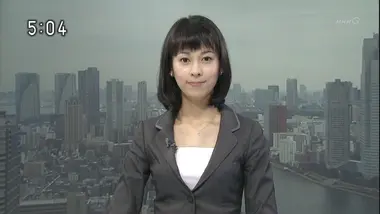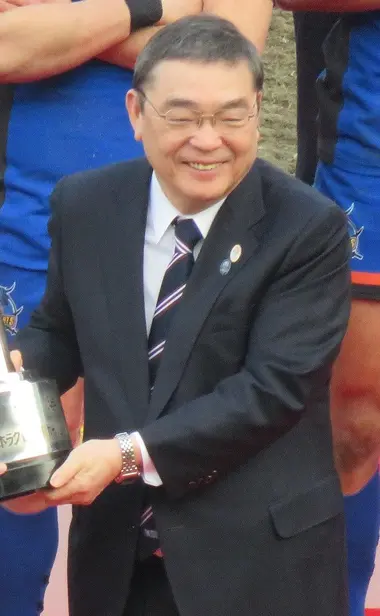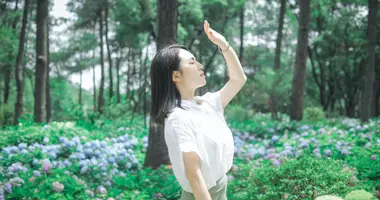NHK 日本放送協会
- Published on : 28/11/2018
- by : S.R.
- Youtube
The juggernaut of audiovisual
NHK has been the only public broadcaster in the country since its creation in 1925 on the model of the BBC and controls several television channels and radio stations.
An extended group
The NHK began its activities in the 1920s with a radio channel modeled on the BBC. It began television activities in the 1950s, notably with its first channel launched in 1953. Nowadays, NHK represents a total of 4 national television channels (among which is the generalist channel NHK) as well as an international TV channel, while on the radio side, there are three nationwide stations and one international. The group broadcasts on terrestrial channels (2 of the media) and satellite level (the other two national channels), making the group a competitor for the entire sector.
Read also: Watch Japanese TV.
LaNHK, educational and cultural
NHK is a significant player in different sectors of audiovisual production. If its two satellite television channels broadcast sports or entertainment programs, the two hertzian channels have activities that contribute to the cultural movement of the country. NHK General TV is known not only for its 7:00 pm newscast (7 News) but also for its programs such as "Professionals: shigoto no ryugi" ("The Pros: Their Style of Work"), which presents a business line from society through a personality. The channel also produces several historically-based series.
The other terrestrial channel, NHK Educational TV, is more or less comparable to Arte. It broadcasts educational and cultural programs on many subjects.
Read also: Japanese media.
An ambivalent independence
The NHK is formally an independent public service player, basing its funding solely on the general fee that each household equipped with a television set that can receive the group's channels must pay for a budget of around 5.5 billion euros. As the government appoints 12 members, this independence is fragile. For several years, politicians have been accused of wanting to break this balance to their advantage, particularly with the appointment of those close to Prime Minister Abe. An offensive that in the future could change the perception of the Japanese on their media group.
